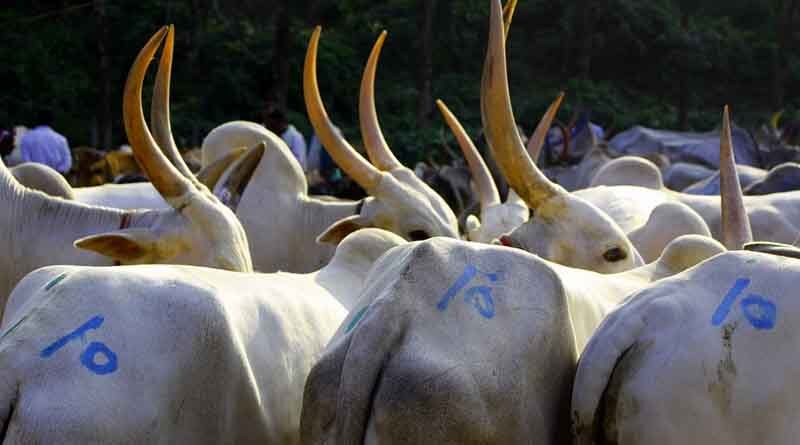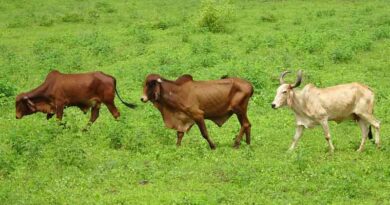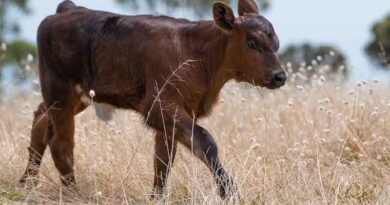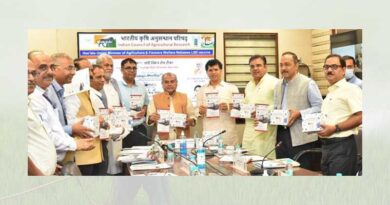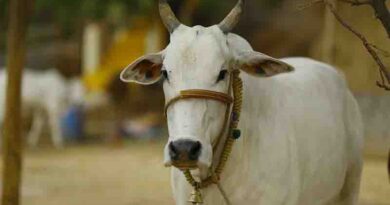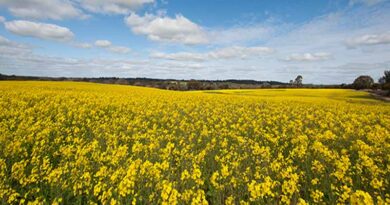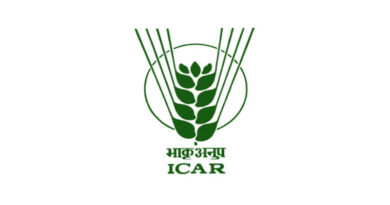Lumpy Skin Disease in cattle spreading fast across India
09 August 2022, New Delhi: Lumpy Skin Disease (LSD) is spreading rapidly across India. In Punjab, more than 20 thousand cattles have been infected and 400 cattle have died. The first case of Lumpy skin disease was noticed in the first week of July. In Rajasthan alone, the disease has claimed the lives of more than 5000 cattle. This week, an outbreak of lumpy virus has been seen in cattle in Namli, Barbodna, Bodina, Semalia and Hatnara villages of Ratlam district of Madhya Pradesh.
What is lumpy skin disease and what are its symptoms?
Lumpy virus skin disease (LSD) is an infectious disease in cattle caused by a virus. This disease causes fever in cattle. It enlarges/swells superficial lymph nodes and numerous nodules (2-5 cm in diameter) on the skin and mucous membranes.
Infected cattle may develop swelling in their limbs and exhibit lameness. This virus can cause permanent damage to the skin of affected cattle. Additionally, the disease often causes chronic debility, low milk production, poor growth, infertility, miscarriage and sometimes death.
Major Symptoms of Lumpy Virus Skin Disease
1. The onset of fever occurs about a week after infection with the virus.
2. The initial fever may exceed 41 °C (106 °F) and may persist for up to a week.
3. At this time, all superficial lymph nodes become enlarged. Nodules appear seven to nineteen days after virus infection. With the appearance of nodules, the discharge from the eyes and nose becomes mucopurulent (pus forms at the site of inflammation during infection).
Ways to protect cattle from Lumpy Skin Disease
This disease is spreading among other cattle through mosquitoes and flies due to uncleanliness. Therefore, livestock owners and cowsheds should keep their cattle clean at the place where they are tied. Apart from this, it has also been advised to adopt the following measures.
1. Isolate the animal from other cattles when the initial symptoms of this disease are seen. Contact nearest veterinary center for treatment.
2. Arrange fodder, water and grains for sick cattles in separate utensils. Prevent movement of cattles in diseased areas.cattles
3. Where there are such cattles, burn neem leaves and smoke them, so that flies, mosquitoes etc. can be driven away.
4. Fill the cracks or holes in the walls of the animal habitat with lime. With this, camphor tablets can also be kept, it keeps flies and mosquitoes away.
5. Spray 2% to 3% solution of sodium hypochlorite to make the cattles bacteria free.
6. Clean the objects and places in contact with the dying cattles with phenyl and red medicine etc.
7. Bury the animal dead from infectious disease outside the village in a pit about one and a half meters deep with lime or salt.

